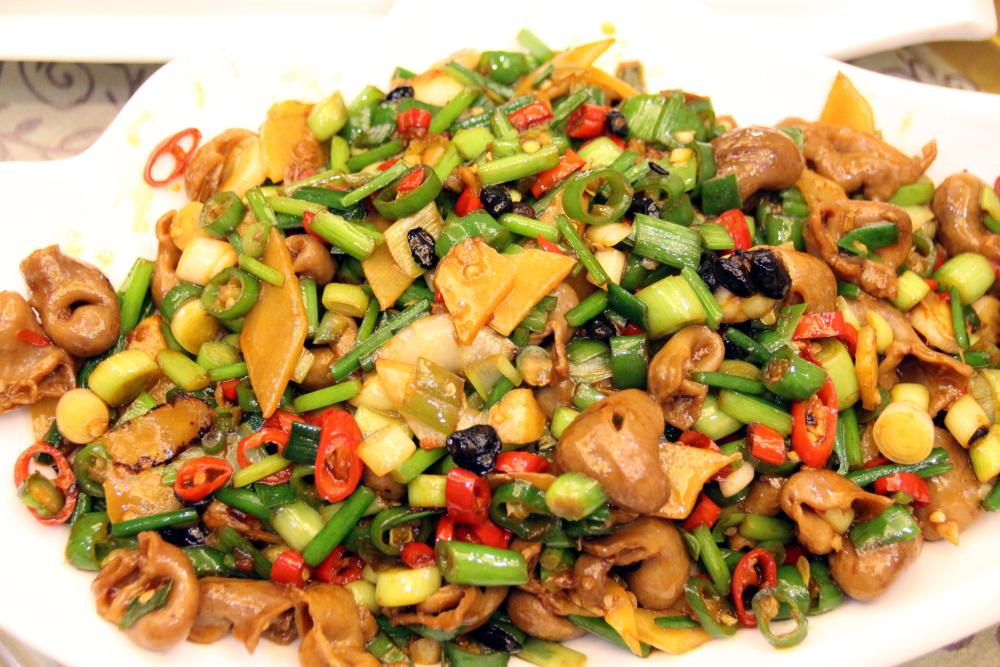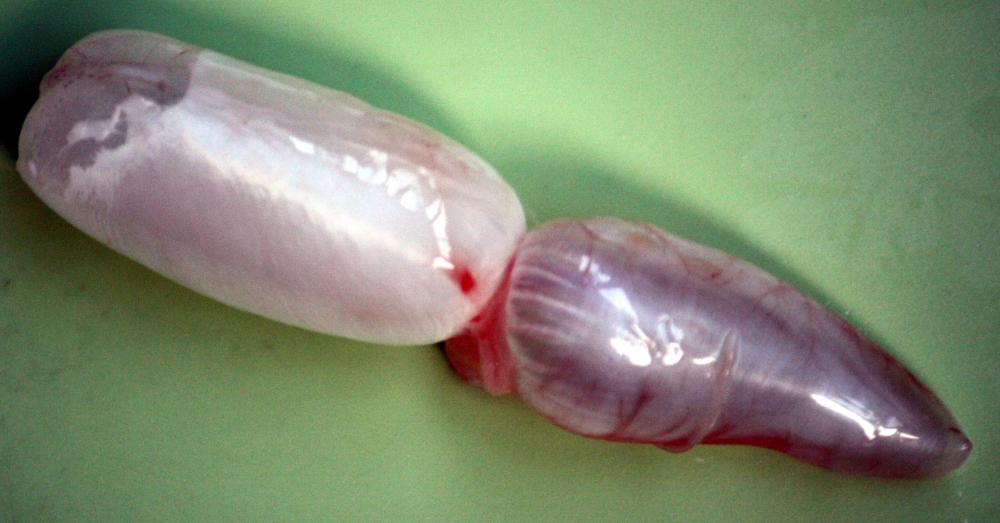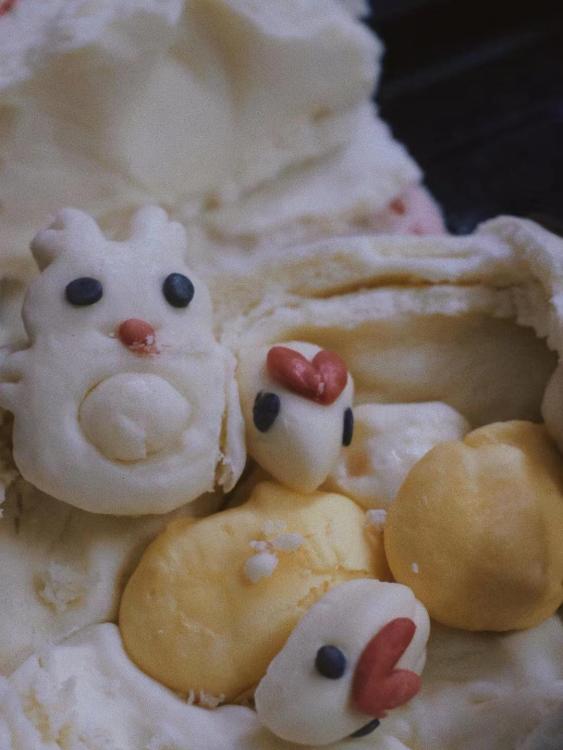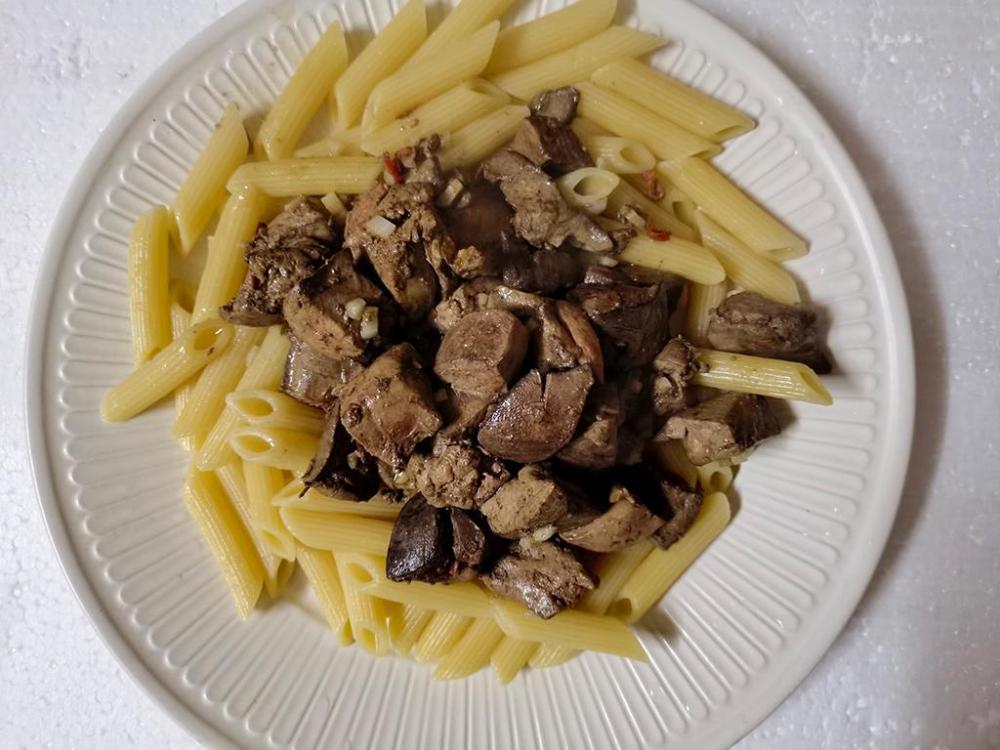-
Posts
16,675 -
Joined
-
Last visited
Content Type
Profiles
Forums
Store
Help Articles
Everything posted by liuzhou
-
I love oysters but always eat them raw. Dislike grilled specimens which is how they areusually served here. However, I'd give those a try. I can't remember how young I was when I had my first alcohol with dinner. Maybe 5 or 6. French mother watered it down and it became less and less dilute over the next ten years. By 16, it was full strength. Normal behaviour for her. It is supposed to teach responsible use of alcohol. Not sure if that works all the time!
-
Wikipedia is unusually on point regarding this.
-
That is traditional. Never heard of leeks being subbed though.
-
I think only on Netflix. I get it through Chinese channels.
-
I've now watched four episodes. The stand out moment so far is where someone (I won't say who) eats some stewed eggplant that Kiyo has cooked and crumbles into tears at how good it is. The series is full of little moments like that, which could get mawkish but never does thanks to the excellent acting. You can really feel the delight Kiyo gets from the compliment. It is treading the fineline betwen sentimentality and genuine happiness but sure-footedly landing on the right side every time.
-
Of course it’s not only mammals we eat. Reptiles, fish, amphibians, insects etc all feature in diets around the world. I’ve briefly mentioned fish livers in passing, but there are other parts that could be said to entail nose-to-tail. (I’m ignoring sharks’ fins, as should everyone given the way they are harvested.) The lips and “tongues” of some species (usually cod in the case of “tongues”). The lips are real but the tongues aren’t – they are actually a muscle at the back of the fish’s neck. But what I want to mention today is a part of the fish which, although it literally has no taste, is highly prized in China and neighbouring countries for its textural qualities and ability to take on flavours from other ingredients. It is mostly just collagen. The internet is littered with articles telling us that fish maw is the dried swim bladder. Wrong. It is simply the swim bladder, dried or not. I guess, the writers of those articles have only ever seen them dried, as that is how they are sold away from China. In Chinese they are 鱼鳔 (yú biào) or 花胶 (huā jiāo), although they are often misnamed as 鱼肚 (yú dǔ) which means ‘fish stomach’. It certainly isn’t a stomach. For anyone who doesn’t know, the swim bladder is what enables bony fish to control their depth, allowing them to sink or float at will. Not all fish have them. Some have alternative flotation methods; others, most noticeably sharks, can only keep moving using muscle power. If they stop, they sink and die. Fish Maw Fish maws, originally sturgeon but today mostly cod, are used to make isinglass, used to clarify some beers and wines. They are also used to make glue. The yellow croaker (黄鱼 (huáng yú), Larimichthys polyactis) is a desired food species but is being driven into the ‘endangered species’ category in waters off Brazil in the drive to keep Chinese diners demand for their maws satisfied. The maws are dried on board and flown to Hong Kong from where some enter mainland China; some legally, some otherwise. Quotes from this informative Al Jazerra article. The high price of these maws has also led to the bladders being faked. Squid, shark's skin or fins are soaked in hydrogen peroxide and sulphur then heated and formed into ‘maws’. Real dried maw should be golden-yellow in colour and not the whitish, yellow tinged of the fakes. The real deal also has an obvious grain to it which is missing in the counterfeit variety and finally they should smell briny. Fake maws have either no scent or smell of the plastic they are sold in! Cheaper maws, less desirable maws are widely available in China’s supermarkets. Like lumpfish roe compared to beluga caviar. My local stores and markets all have maws from freshwater fish mainly carp, especially big-head carp (大头鱼 (dà tóu yú), Hypophthalmichthys nobilis), grass carp (草鱼 (cǎo yú), Ctenopharyngodon idella) and crucian carp (黑鲫 (hēi jì), Carassius carassius). So what do they taste like? Well, if you wrap it in a paper bag, that bag will have more flavour. As with many ingredients in Chinese cuisine, they are valued only for their texture. They are most often employed in soups where they pick up flavours from the other ingredients. Here is a non-soup dish of stir fried vegetables with fish maw and chillies which I ate in Hunan. Everything comes with chillies in Hunan! Hunan Fish Maw Stir Fry
-
-
Haggis ice cream, anyone?
-
Oh, I got what you meant. Here is an interesting bit of info regarding 'collar'. from the Oxford Companion to Food Second Edition 1999.
-
You are, of course free, to disagree. I don't have a lot of experience cooking pork collar but almost every source I looked at suggested that it be cooked low and slow. The one that suggested grilling it recommended doing so using indirect heat. None recommended your method. By the way, the word is 'balderdash'.
-
-
But very few covers, so long is relative. And runs out eventually.
-
By popular demand. Well, @KennethT asked. Pork Neck Bones - Image by Jung Min (Kevin) Kim. Licenced under Creative Commons (CC BY 2.0) Not a particularly popular preparation here in China, but I know they are common elsewhere. We're talking pork neck bones (and any attendant meat). Usually cheap compared to most piggy parts. When they are used here it is nearly always for making pork bone stock. There is a simple, but interesting Soul Food recipe here. Wherever you are, be careful when buying them. They can be quite meaty but also can be virtually meatless. You want the meatier ones. They need simmering at least a couple of hours after being seared. To get falling-off-the-bones meat can take double that. Related to that and also relatively cheap are neck fillets / pork collar, with a mix of lean and fatty meat. These are best cooked low and slow. They can be stewed, braised, grilled / BBQ’d or roasted and are great for curries and the like. There is a Jamie Oliver recipe here for pan fried pork neck fillet steak.
-
A theory. Shoot it down if you wish. Restaurants like Noma appeal to a very small number of people who are interested, willing and able to pay their prices. Usually as a one-off, I'd guess. How many repeat customers fo they really get? I'd bet on few to zero. They arent picking up walk-ins, that's for sure. So once they work through that tiny clientele where else can they go? Bust? Or do something else? Same as El Bulli.
-
I'm not going to get into the politics, but luosifen has! https://www.globaltimes.cn/page/202301/1283989.shtml Utter idiocy!
-
Bastardanich is my favourite food hate. Aggressive, arrogant, misogynistic, egotistical, semi-literate in two languages. And I don’t like him. The only so-called Italian who says 'expresso' and every time he says 'unedible' I scream in pain. Now he thinks he is a rock star - literally. Have you heard him? Masochists can check out YouTube. If he was really so proud of his Italian heritage, would he really be opening an American fast food joint in Italy? He would be nothing but for his mother.
-
I spent most of 1992/3 in Florence. Ate like a king once I worked out how to avoid the tourist traps. I'm very sad to hear about Mercato Centrale.
-
Funnily enough, the only blood sausages I can get use rice as the filler!
-
The company has sent me a second email with a correction re the 'rice pudding'
-
I was looking at in terms of the nose-to-tail topic. I did eat it in Portugal about 35 years ago and remembered it was offal heavy. When I read the recipe it raised a lot of questions. I doubt I'll make it here. a) I live alone b) I'd have to make so many substitutions it would end up a different dish. Sourcing the offal is the easy bit!
-
No it doesn't. It identifies chouriço as Chouriço Corrente. After the two types of chouriço it calls for blood sausage, which in the Portuguese version is the Chouriço de Sangue.












